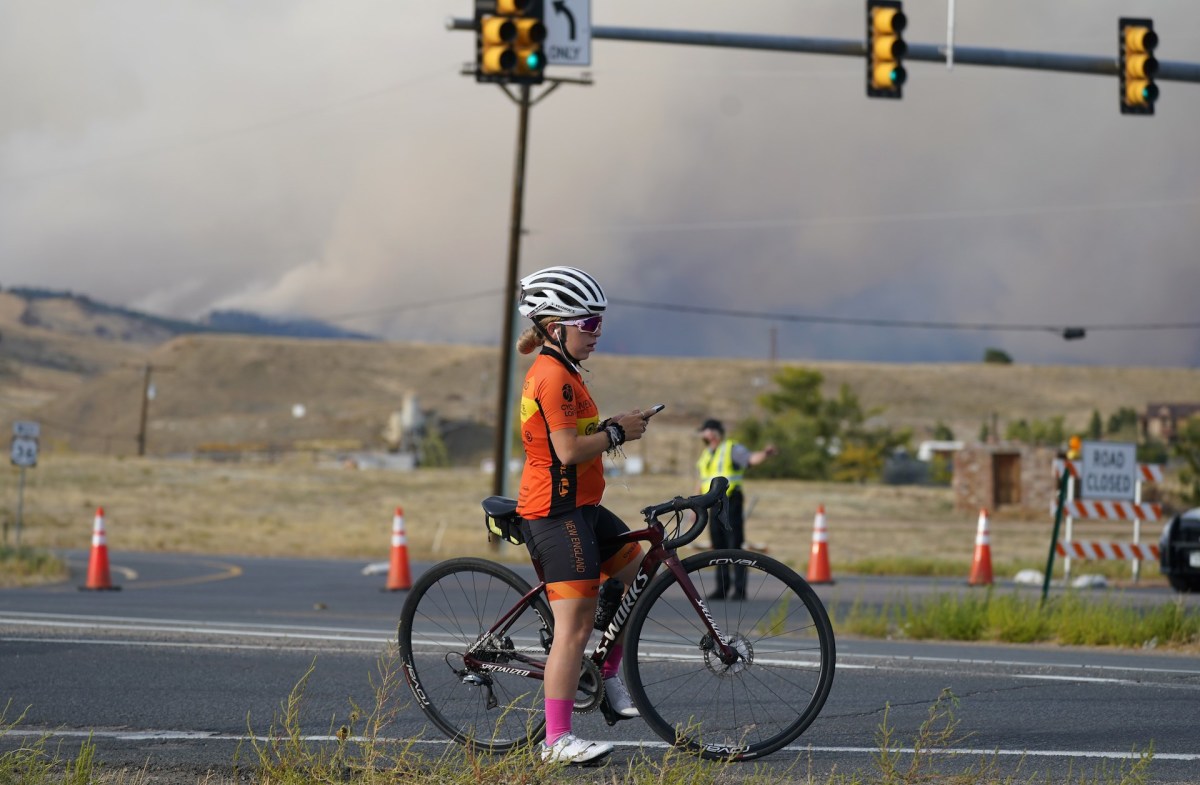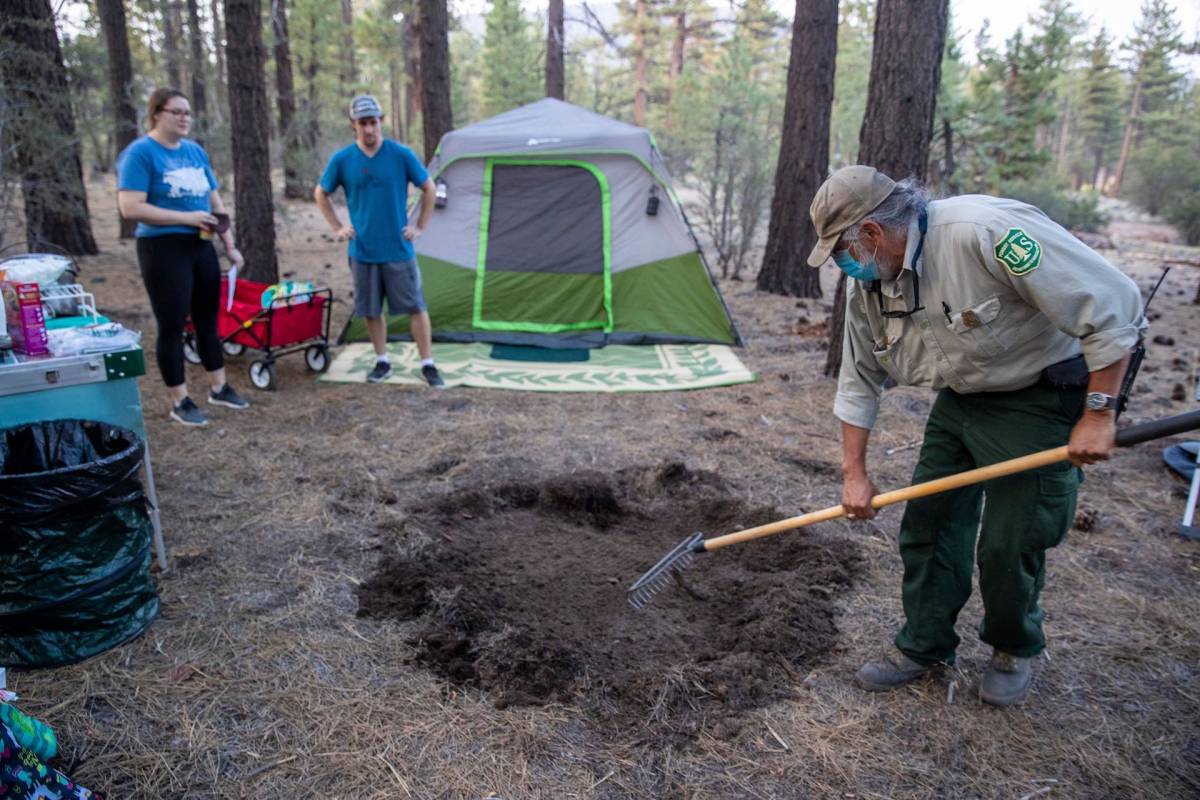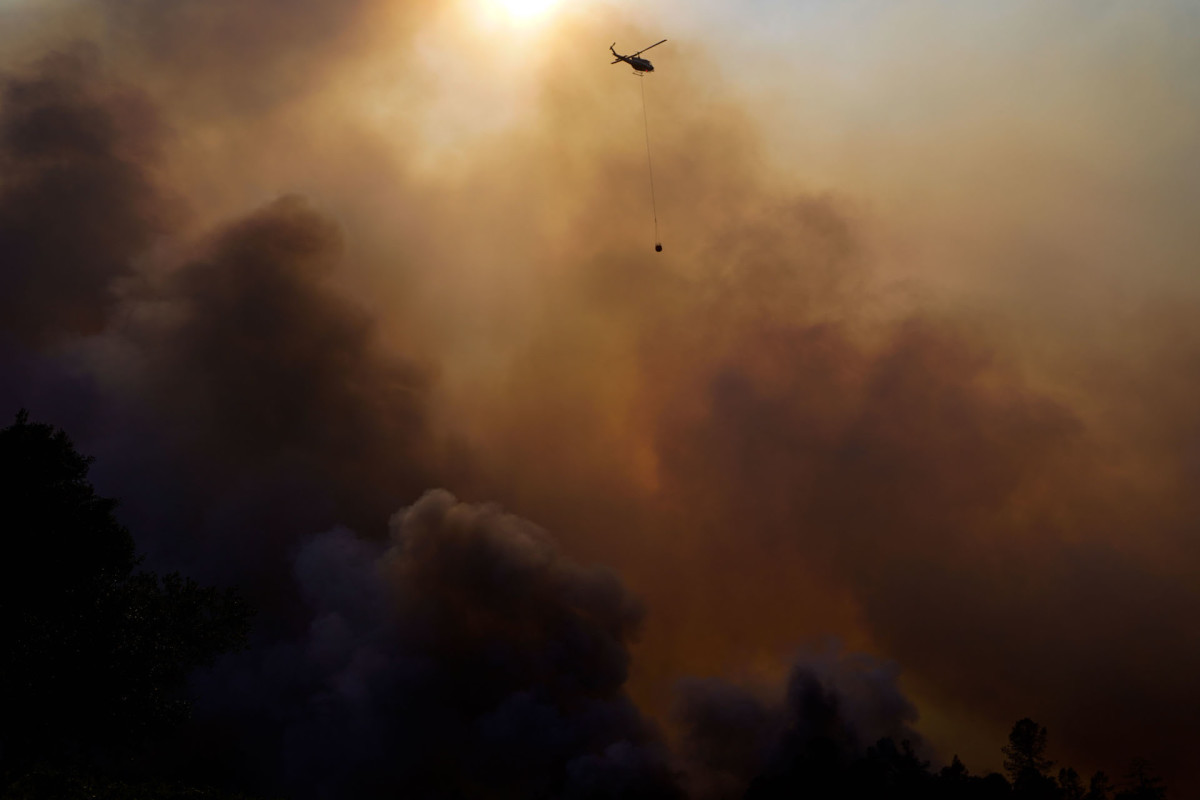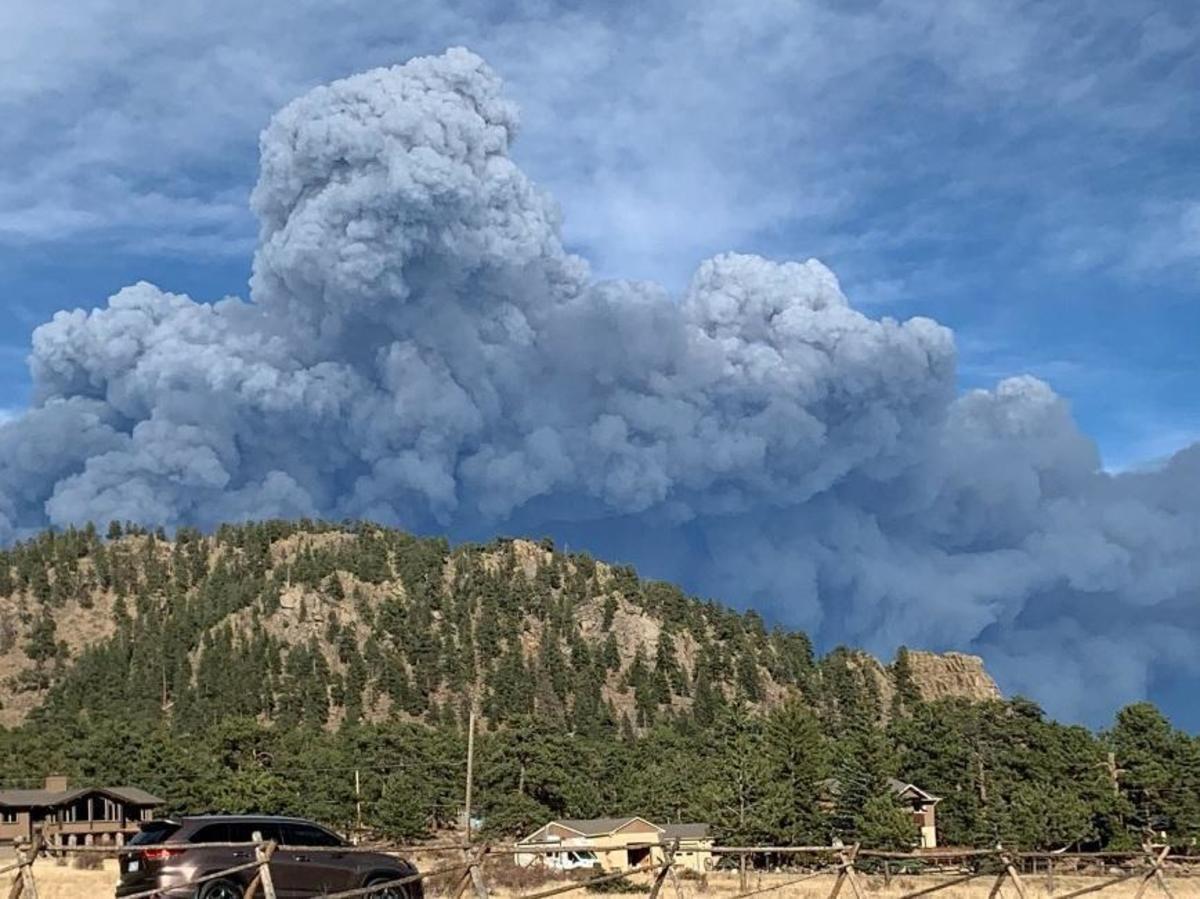Wildland fires are nothing new, but their current impact is dramatic. So far, in 2020, about 8.5 million acres have burned across the U.S. The financial toll is mind-boggling. In 2018, estimates of wildfire damage were about $18 billion. So far this year, nearly 33,000 people have been involved in fighting wildfires and 12 are dead—not including civilians. Most of these fires were preventable; approximately 87 percent of wildfires are caused by people. Responsible recreation during wildfire season can make a difference.
The vast majority of small fires are put out. But strong winds and critically dry fuels can turn a spark or neglected campfire into a “megafire,” which can have an extraordinary impact on local populations and the environment. Not only are forests and grasslands scorched, people lose homes, businesses and, tragically, their lives. Forest closures and hazardous air conditions devastate local economies. Fuels and forests have built up in the absence of natural wildfires over the past century, leading to a contagious tinderbox in many forestlands. Warmer, drier summers and increased human-caused ignitions have dramatically increased the length of the average fire season.

Susan Prichard, fire ecologist at University of Washington, says that the balance of human- versus lightning-started fires varies from place to place, year to year. But it’s important to understand that since most camping takes place at the height of fire season, fire irresponsibility coincides with wind and dry forests. “Even though it seems like the West is burning up (historically, there have always been wildfires), there are still many places under a fire deficit,” explains Prichard. “There will always be fire danger, and, while we’re very good at extinguishing them in this country (97 to 98 percent of fire starts are put out, it’s only 2-3 percent that get away), any fire, even a small one, has the potential to explode.”
Oddly enough, there’s evidence that the COVID-19 pandemic is fueling this season’s devastating blazes. Stacy Corless, Supervisor for Mono County, CA, reports that this summer, “our forests (like most others throughout the West, maybe the nation) saw big increases in visitation.” With many visitors new to camping and the outdoors, there was a likely gap in terms of understanding and following rules. “We saw some bad behavior—illegal campfires and camping, trash left behind, and lots of crowds,” Corless notes, “There seemed to be little awareness of wildfire danger, or the impact on the land.”
“Due to COVID, we’re seeing a lot of people on public lands this year that don’t typically camp or hike,” adds Tina Boehle, information officer for NIFC (National Interagency Fire Center). “It’s a great opportunity for education and we hope people fall in love with their public lands, use them responsibly and protect them for future generations. Before heading out, take the time to learn about outdoor and campfire safety and how to recreate responsibly.”
How can you be part of the solution? Most importantly, educate yourself on responsible recreation during wildfire season. Here are some expert tips:
Check fire restrictions before heading into the backcountry. Go to the land management website for your intended destination, whether it’s the U.S. Forest Service, BLM, National Park Service or state or regional park. Note whether open fires, or even propane stoves, are prohibited. Websites like inciweb.nwcg.gov alert you to active wildfires or wildfire closures.
If conditions allow a campfire, stick to established fire rings in established campsites. Don’t create your own fire ring as you might be impacting organic soil. Organic soil is essentially decomposed plant matter and can smolder for weeks. If it ignites an underground root system, it can pop up elsewhere, far from the original blaze.

If you do have a campfire, have a shovel and plenty of water on hand to ensure the ashes are cold to the touch anytime the fire is not attended. If you can’t put your hand into the ashes, the fire is not out. During fire season, consider stargazing rather than staring at flames.
Pack a collapsible bucket (we love the NRS Bail Pail). A packable pail won’t add much weight or bulk to your backcountry kit and simplifies dousing your campfire.
Be fire conscious. Ways that forest visitors unintentionally start fires include dragging trailer hitch chains (they spark when they hit pavement), parking on dry grass (the hot components of a vehicle can start a fire), shooting exploding targets, setting off fireworks, smoking cigarettes, or burning toilet paper. Carry a fire extinguisher and a saw in your vehicle as part of your backcountry essentials. Remember, fireworks are always prohibited on public lands.
When camping, be aware of alternative escape routes. Wildfires advance depending on fuel (vegetation), weather, and topography. A wind-driven fire can move very quickly, leaving little time between an evacuation order and the arrival of flames. Main roads or trails can be blocked. An evacuation plan can save precious minutes when it counts. Know where the closest body of water is located; you might need it in an emergency.
Don’t wait until the last minute to evacuate. Fires are unpredictable. A fire line can be breached by a single ember or falling tree. A spark can travel a mile in windy conditions to ignite dry fuel far from the original burn site.
Often wildfires burn slowly on flat ground, and then race uphill. Your escape route may be thwarted by fallen logs. Just because you can’t see flames doesn’t mean you’re not in danger.

Never fly a drone near a wildfire. Not only is it against the law, it puts lives at risk and slows down the effort to save forests and property as they can be deadly if they interfere or, worst case, collide with firefighting aircraft. Drones are always prohibited in national parks.
Sign up for reverse-911 emergency alerts. Make sure your phone allows your provider to push out messages with emergency information.
Respect fire closures. They’re put in place early and left in place after the flames and smoke dissipate to keep you safe. Even a decade after a burn, hazards remain, especially in the form of dead trees. Before you set up a campsite in any historically burned area, look up, down and all round for trees that could fail and impact your safety.
Fire closures protect not only the public, but firefighters too. Cruising forest roads during an emerging incident slows response times and can lead to a motor vehicle accident with crews, engines and heavy equipment.

Recently burned areas are extremely dangerous places due to fire-weakened trees that can fall on people, cars, trails or roads. Newly scorched earth can hide undermined ground that can bury and burn anyone walking in the wrong place. Areas may remain closed because steep slopes that have burned are susceptible to rock and landslides.
Jaimie Olle, acting Public Affairs Specialist for Deschutes National Forest, Oregon, says that there are two great ways to help fires. Donating to the Red Cross is a direct way to assist people who have been evacuated or have lost their homes. To support firefighters, donate to the Wildland Firefighter Foundation, an organization that directly supports wildland firefighters and their families. After a wildfire, there is plenty of restoration and repair work needed. Reach out to your local land management agencies to support efforts.
Wildland Fire Resources:
–Fire Adapted Communities
–National Incident Information System
–National Interagency Fire Center
–National Park Service Camping Guidelines
–U.S. Forest Service Resources
–Additional Fire Prevention Tips
from Men's Journal https://ift.tt/3mD1oqS
via IFTTT












0 comments:
Post a Comment